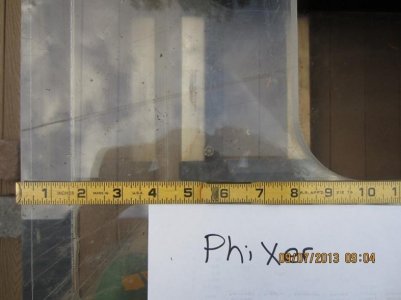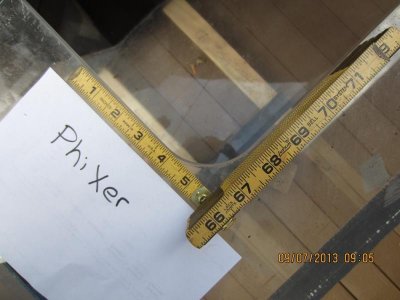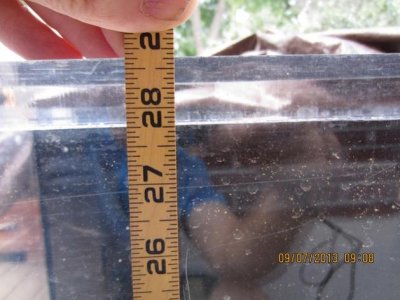Aquatron
Refugium pat.#D414,242
Hello,
My 300 gallon tank is 30" tall with a black back and I would like to install a 6" x 30" black return piece on each end. What would be the best way to glue a 1/2" x 6" wide piece to inside of DT acrylic side panel? So when looking at tank you see black back and black 6" returns and each end of tank? I can't turn tank so these pieces will be glued together on the vertical so which glue?
Thanks for the input with this!
Mace
My 300 gallon tank is 30" tall with a black back and I would like to install a 6" x 30" black return piece on each end. What would be the best way to glue a 1/2" x 6" wide piece to inside of DT acrylic side panel? So when looking at tank you see black back and black 6" returns and each end of tank? I can't turn tank so these pieces will be glued together on the vertical so which glue?
Thanks for the input with this!
Mace








